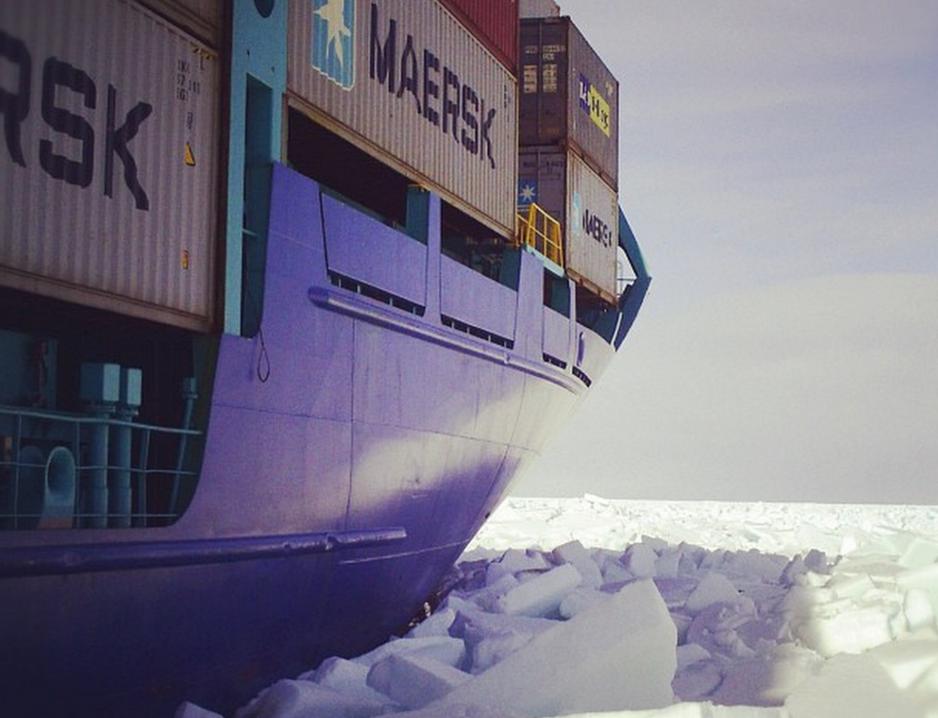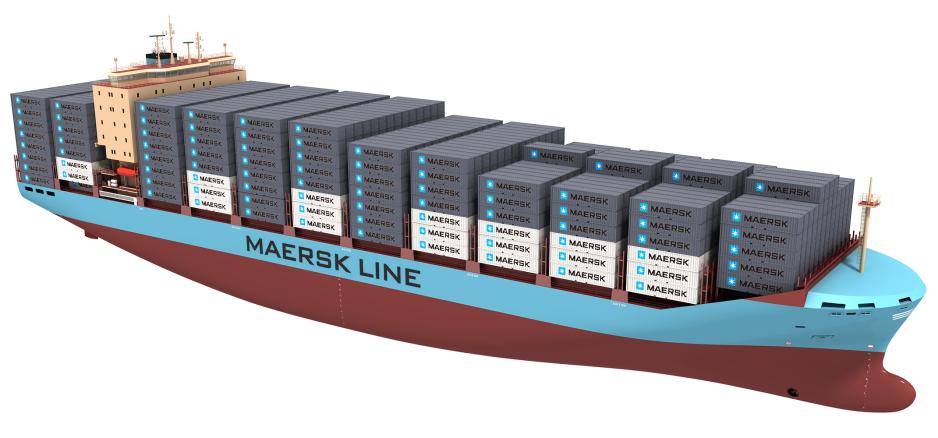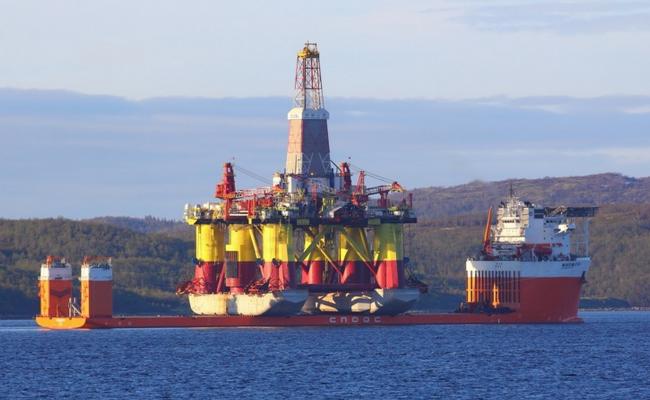Maersk Considers Sending Container Ship Through Arctic, But Questions Remain

Maersk confirms that the company considers Arctic passage as an option for its new 3,600 container ice-class vessels, which will operate in the North and Baltic Seas. The company is currently conducting a study on its feasibility with results expected for summer 2018
The Danish shipping company, Maersk, the world’s largest operator of container shipping, is studying the feasibility to position an ice-class container ship on the Northern Sea Route (NSR) to operate between Far East Asia and Northern Europe.
In statements made to High North News, Maersk confirmed that the company considers Arctic passage as an option for its new 3,600 container ice-class vessels, which will operate in the North and Baltic Seas. The company is currently conducting a study on its feasibility with results expected for summer 2018.
The company recently took delivery of the first of seven ice-class feeder container ships. The Ice Class 1A vessels are among the world’s largest ice-class ships specifically designed to operate in cold and icy waters year-round and are capable of operating in unconsolidated ice up to 1 meter thick.
With a length of 200 meters and a breadth of 35.2 meters they are able to carry up to 3,600 twenty-foot equivalent containers (TEU). The shallow draft wide-beam vessels are being built at Cosco Zhoushan Shipyard in China. The first vessel, the Vistula Maersk, is currently conducting sea trials.

Questions remain
Maersk explains that the company "is closely following the development of the Northern Sea Route. Climate change is changing how long the Northern sea route is ice free. The Arctic option is developing." Previously, the company’s CEO Søren Skou confirmed the possibility of expanding operations into the Arctic during an interview in October 2017.
However, the company also cautions that the passage is only feasible for a few months each summer and ice-class vessels are required to safely make the passage. These factors require additional investments and thus create extra costs.
Similarly, limits on the size of the vessels that can use the passage compared to Ultra Large Container Vessels on the Suez Canal route, increases the relative costs of the Arctic route.
Nonetheless, the company confirms that it is studying the Arctic option.
"Arctic passage is considered by us as an option to position one of our new ice-class container vessels from Far East Asia over to Northern Europe."
Less than 250 transit voyages were recorded between 2010-2017.
Destination shipping vs. transits
Maersk’s considerations come on the heels of rapidly expanding shipping traffic throughout the Arctic. Various projects to extract natural resources have resulted in a jump in activity on Russia’s NSR, with a doubling of traffic in just the past two years. Novatek’s Yamal liquefied natural gas (LNG) project has already shipped in excess of one million tons of LNG since the end of 2017.
And a voyage across the Arctic earlier this winter by the LNG carrier Eduard Toll confirms the feasibility of year-round operations at least for some ice-class type vessels.
Early talks about the potential of the NSR when Arctic sea ice first declined in 2007 and 2012 highlighted the potential of transit traffic, which uses the Arctic as a shortcut for travel between Europe and Asia. However, shipping operators have thus far shown little interest in this option. Less than 250 transit voyages were recorded between 2010-2017.
Recent increases in traffic are primarily the result of destination shipping; either construction materials going into the Arctic, or naturals resources going out of the Arctic.
One of the few operators actively testing the route for transit transport between the two continents is China’s shipping company COSCO. The company sent a dozen vessels along the route, including five transits, in 2017 alone. With Maersk now also showing interest in the route and studying its feasibility transit traffic may be the next step in the development of the NSR.



